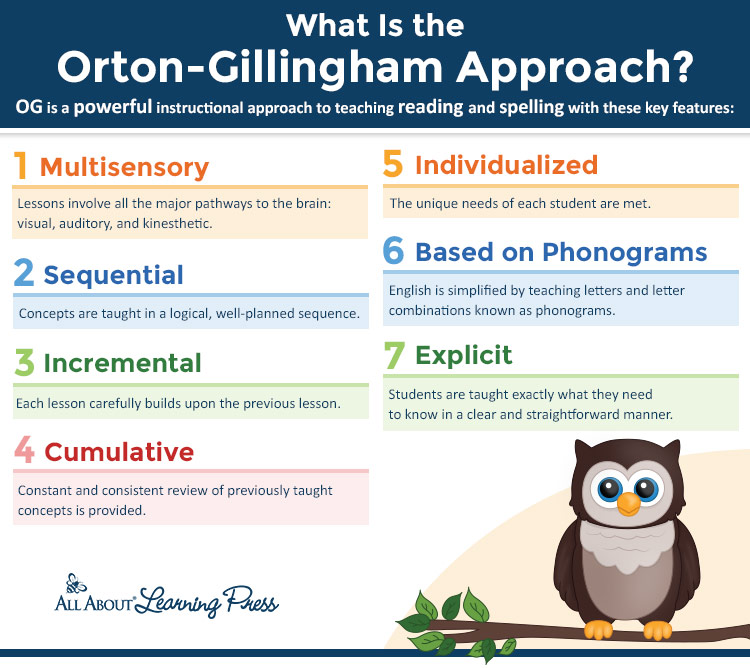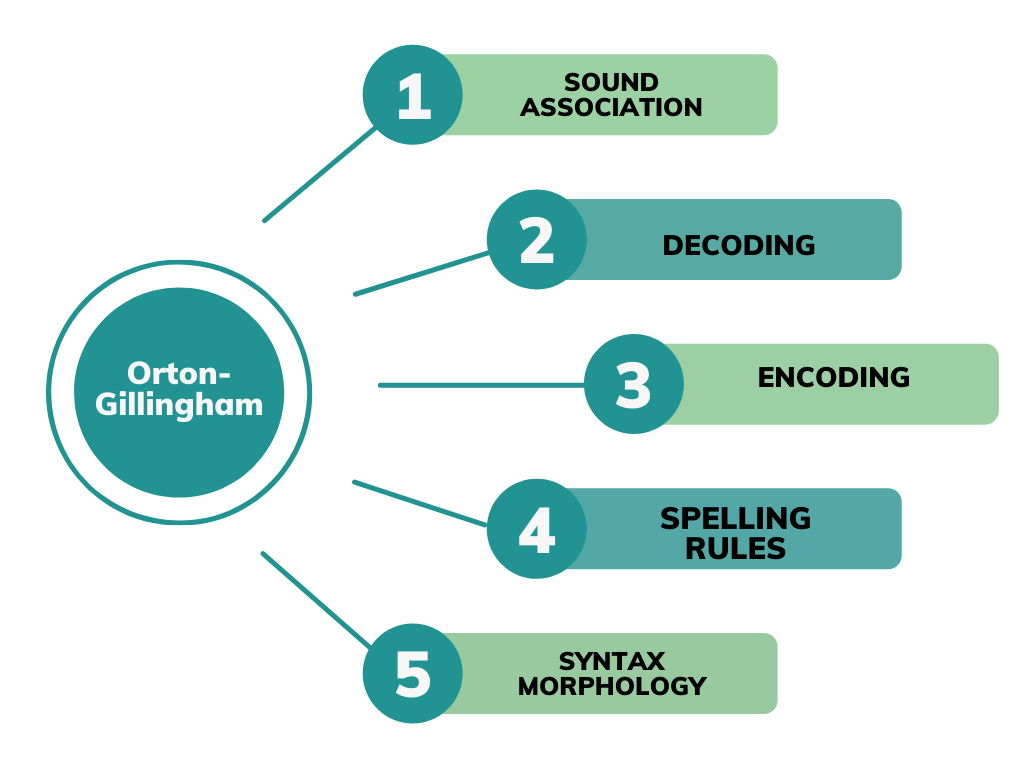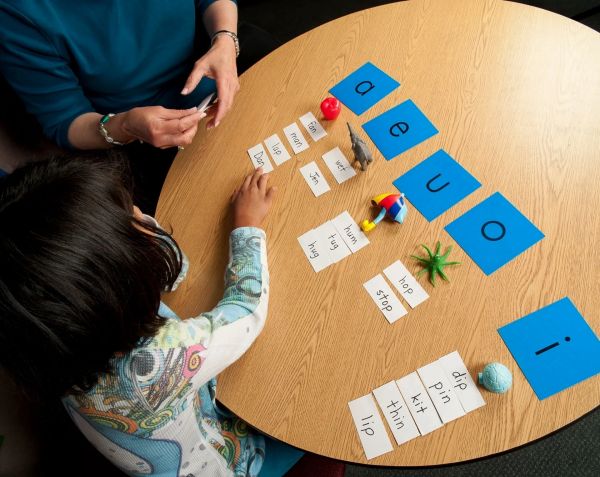Orton-Gillingham – Resource Guide
🧠 Orton-Gillingham Blog: Effective
Literacy Strategies in Special Education
1. Introduction: What is Orton-Gillingham?
The Orton-Gillingham (OG) approach is a
scientifically-based and structured literacy program developed to support
students with dyslexia or other reading difficulties. It was created in the
1930s by Dr. Samuel Orton, a neuropsychiatrist, and Anna Gillingham, an
educator. OG emphasizes multisensory learning, engaging visual, auditory, and
kinesthetic-tactile pathways simultaneously. Today, it is widely used in
special education classrooms around the world.
💡 OG helps students remember by seeing the word, saying the sound, and
writing the letter.
2. 7 Core Strategies of OG

.png)
1.
1. Multisensory Instruction
Involves using sight, sound, touch, and
movement simultaneously.
Example: When learning the letter 'd', the student says the sound, sees the
card, and writes it with their finger.
2. Sequential Learning
Concepts are introduced in a logical
progression: from phonemes → words → sentences.
Example: After learning /b/ and /a/, move to 'ba', then 'bat'.
![Letter Sound Visual Charts [Orton Gillingham] by Wink Smile Learn](https://ecdn.teacherspayteachers.com/thumbitem/Letter-Sound-Visual-Charts-Orton-Gillingham--3704499-1657572779/original-3704499-4.jpg)
3. Cumulative Review
Each new lesson includes review of
previously taught content.
Example: Even when introducing 'sh', review past blends like 'ch' and 'th'.
4. Explicit Instruction
Clearly explains rules and reinforces them
through repetition.
Example: Teach that 'ck' appears only at the end of short vowel words.

5. Diagnostic and Prescriptive
Teaching
Lessons are adjusted based on the student’s
responses.
Example: If a student struggles with vowel sounds, repeat and scaffold
activities.
6. Synthetic Phonics
Combines individual sounds to form words.
Example: /s/ + /a/ + /t/ = sat
7. Decodable Texts
Ues controlled vocabulary aligned with
what students have learned.
Example: Sentences like 'The fat cat sat.'

3. Practical Tips for Using the OG Approach
The OG approach is not just theoretical—it
must be applied practically in real classroom settings. Below are useful tips
for Educational Assistants (EAs), teachers, and parents.
📅 Sample Daily OG Routine
1. Warm-up (5 min): Review letter-sound
cards
2. New Sound Lesson (10 min): Introduce with tiles/cards
3. Writing Practice (10 min): Use tactile tools
4. Word Building & Reading (10 min): Blend learned sounds
5. Sentence Reading (5 min): Use decodable text
6. Wrap-up & Review (5 min): Recap and praise
💡 Best Practices
- Keep sessions short and frequent
- Adjust pace to the student’s needs
- Provide immediate feedback
- Add fun: use games and puzzles
- Reinforce consistently at home
4. Visual Examples and Descriptions

1. OG sound tiles with color-coded cards –
helps distinguish consonants and vowels
2. Student tracing letters with finger – engages motor memory
3. Decodable text examples – simple and predictable sentences like 'The fat cat
sat.'

5. Recommended Video Summaries
▶️ 1. Intro to Orton-Gillingham
- Covers the background and structure of OG
- Shows multisensory teaching and use of decodable texts
▶️ 2. How to Teach OG at Home
- Demonstrates how parents can apply OG at home
- Includes flashcards, magnetic letters, and tactile boards
6. Conclusion and Implementation Suggestions
Orton-Gillingham is more than a reading
method—it's a brain-based learning approach that activates all senses. When
EAs, teachers, and parents apply OG techniques with consistency and clarity,
students with learning challenges can gain confidence and experience academic
success.
🎯 Practical Checklist for EAs and
Teachers
- Did I review previously learned sounds?
- Did I teach the new sound using multisensory methods?
- Did I give immediate and clear feedback?
- Were activities cumulative and repetitive?
- Was the pace appropriate for the student’s level?

Comments
Post a Comment